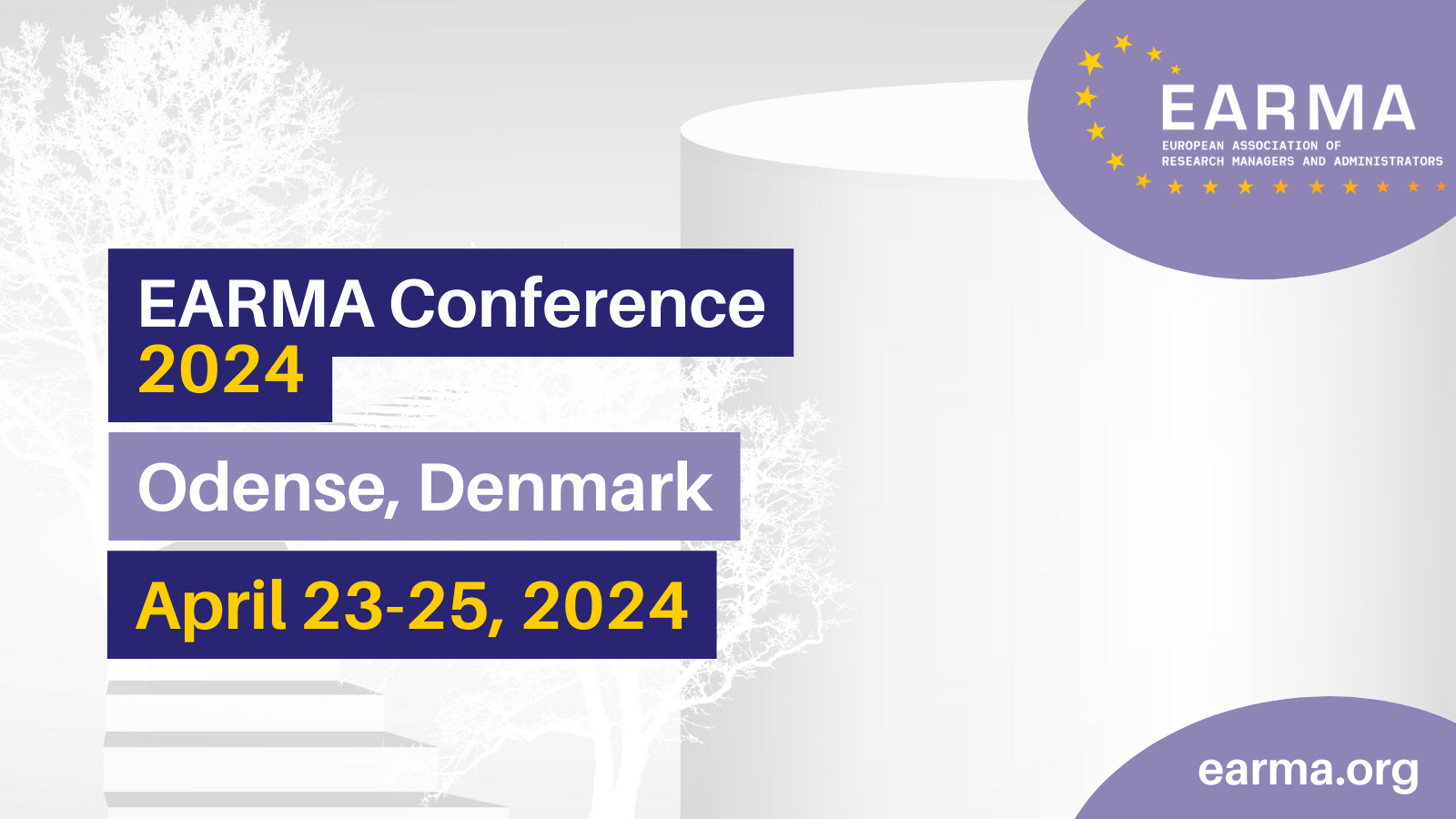Academia and industry project funding rounds
From academic projects to collaborative research with industry and back: experience from the Latvian Institute of Organic Synthesis and the Alliance4Life consortium
Conference
Format: Fifteen-Minute Discussion Tables
Topic: Collaboration and Strategic Alliances
Abstract
The expenses of research continue growth, and its optimization heavily depends on the use of diverse funding sources. For example, drug discovery requires effective collaboration among multiple players from the academia and pharmaceutical industry. The process involves specialized basic research knowledge, as well as highly developed skills and flexibility in project management. Academia faces barriers in translating discoveries, while the industry needs more information about disease mechanisms, valuable drug targets, and promising active molecules. Academia can attract funding for excellent basic research ideas, while industry has access to private and applied research funding sources. Moreover, such collaborations provide invaluable education to researchers and research managers about the translational research process, thus preparing them for potential industry roles. The most frequent barriers to collaboration include prejudice, lack of expertise, specialized funding, and mutual understanding. In partnership with academia, the industry can avoid risky pre-discovery stages and focus on cost-effective and innovative approaches to drug discovery and development. For academia, both scientific excellence, high-level publications, and previous reputation as a reliable external contract research partner are important to start collaboration with the industry. This process facilitates the assimilation of industry practices and management styles, enhancing the preparation of impactful research proposals and broadening future funding sources.
This approach has been adopted by Alliance4Life, which is a bottom-up initiative of leading life science institutions from EU-13 countries that aims at closing the divide in European health research and innovation. Latvian Institute of Organic Synthesis and other members of the Alliance are progressive research institutions that have the necessary strength and commitment to stimulate institutional change. To initiate collaboration with industry, Alliance4Life has established an industry relationship platform that represents key private sector stakeholders committed to the improvement of collaboration between academia and industry in Central and Eastern Europe. To support the networking, we have created a database of industry contacts who are informed about collaboration options: access to excellent academic research teams, advanced core facilities, and services via contract or collaborative research. The round-tables together with industry bring together industry and academia players who share the same interests. This platform allows industrial partners to have a direct say in the creation of R&I agendas, thus reducing the gap between industry and academia and increasing mutual understanding. Academic partners use the same network to elaborate on what universities and research organizations can do for the industry and how to advance the industry's needs-tailored fundamental research to co-design future funding applications. This symbiotic approach not only augments the potential for innovative research outcomes but also maximizes the value of collaborative funding applications.
In conclusion, the journey from academic research to fruitful industry collaboration, and back, holds immense potential for optimizing research activities. The Latvian Institute of Organic Synthesis and its peers within the Alliance4Life consortium exemplify the transformative power of strategic collaboration. By harnessing the strength of academia and industry in concert, these institutions are paving the way for impactful research outcomes, driving innovation, and shaping the future of health research and development in Europe.

